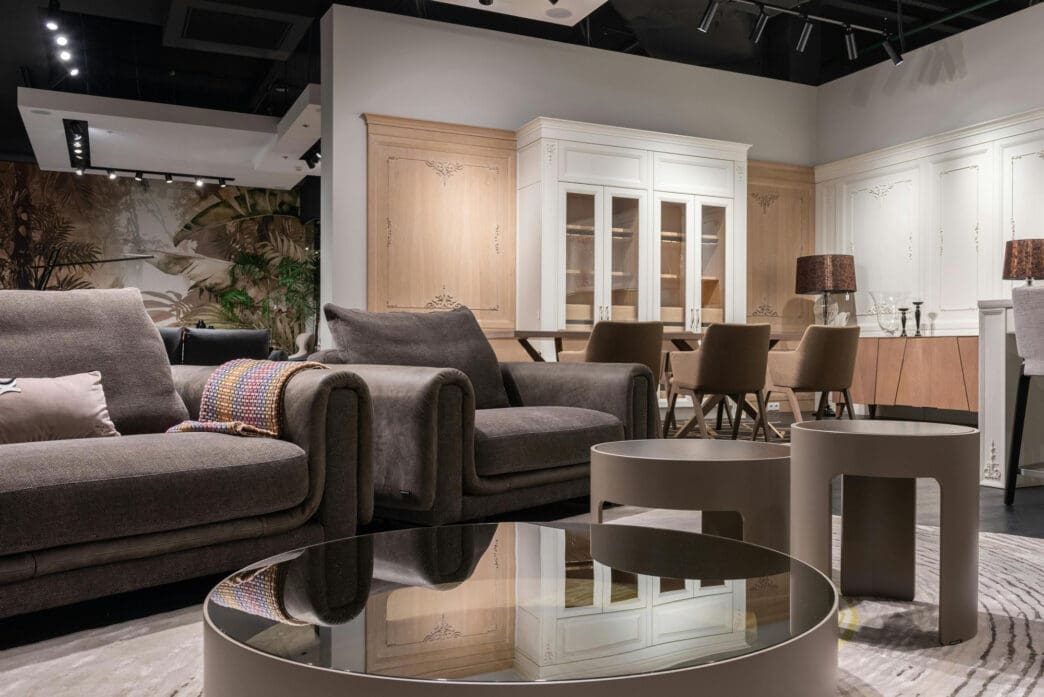Executive Summary
The Story So Far
Why This Matters
Who Thinks What?
President Donald Trump has vowed to enact “substantial” tariffs on imported furniture, citing a desire to bolster domestic manufacturing. This announcement, made via a Truth Social post on Monday, September 29, 2025, follows recent declarations of new tariffs on various goods, including kitchen cabinets, bathroom vanities, upholstered furniture, foreign-produced films, branded drugs, and trucks.
New Tariff Announcements
Trump’s latest threat targets countries that do not manufacture furniture in the United States. This expands on previous tariff plans for kitchen cabinets and bathroom vanities, set at 50%, and upholstered furniture, at 30%, which are expected to go into effect later this week.
The specific mechanism for implementing country-specific furniture tariffs remains unclear, as businesses, not countries, are the primary manufacturers of furniture. Typically, sectoral duties are applied uniformly, regardless of the country of origin.
Economic Impact and Rationale
Earlier tariffs on furniture imports, particularly from China and Vietnam—the top two sources of imported furniture—have already contributed to rising furniture prices in the U.S. Data from the U.S. Commerce Department indicates that China and Vietnam collectively exported $12 billion worth of furniture and fixtures to the U.S. last year.
According to the Consumer Price Index, furniture and bedding prices rose 0.9% in July and 0.3% in August. Compared to August 2024, prices for these categories are 4.7% higher, marking the largest increase in three years and contrasting with falling prices over much of the preceding two and a half years.
In his Monday post, Trump stated his impetus for levying higher furniture tariffs was to aid North Carolina, claiming the state “has completely lost its furniture business to China, and other countries.” North Carolina is considered a key battleground state with a Senate seat up for election next year.
Broader Tariff Landscape
Beyond furniture, Trump also announced a 100% tariff on foreign-produced films. Last week, he declared a 100% tariff on branded drugs, with some exceptions, and a 25% tariff on trucks, all slated to go into effect later this week.
These tariff initiatives precede a significant Supreme Court case scheduled for November. The case will examine whether the Trump administration possesses the legal authority to impose country-specific tariffs based on claims of an economic emergency. However, sectoral tariffs based on national security are currently not facing legal challenges.
Outlook
The series of tariff announcements underscores a continued focus on protectionist trade policies. These measures carry potential implications for consumer prices, international trade relations, and the legal interpretation of presidential authority in economic matters.








